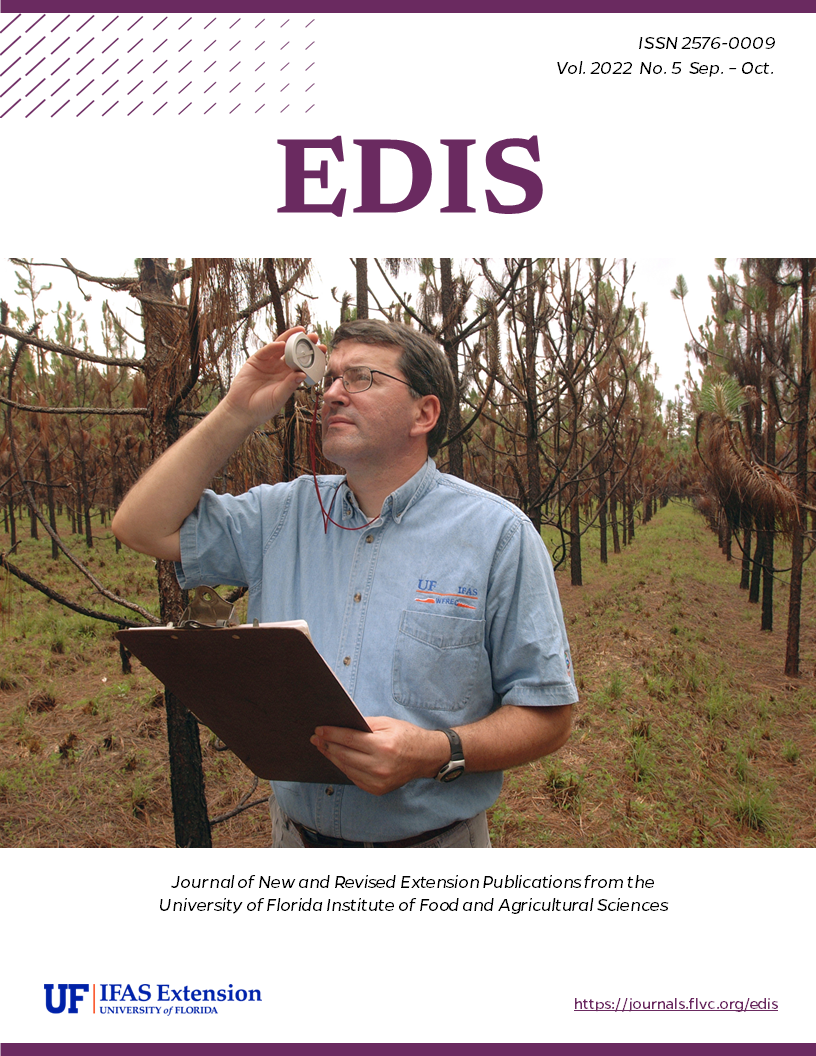Abstract
Energy consumption is often a primary contributor to the cost of operation in aquaculture. Even on a moderately sized farm, excessive energy consumption can be a limiting factor in the success of an aquaculture business. Reducing operational costs can increase total profitability. Identifying inefficient energy use and implementing energy-efficient technologies can help reduce the total cost of operation. This publication is one in a series that details techniques and methods for reducing energy consumption to decrease operational costs on aquaculture facilities.
In many aquaculture practices, especially finfish culture, water must be moved from one location to another. Pumping water often accounts for a significant portion of a facility’s energy use and operational costs. This publication discusses how variable frequency drives can be used to reduce energy consumption of pumps.

